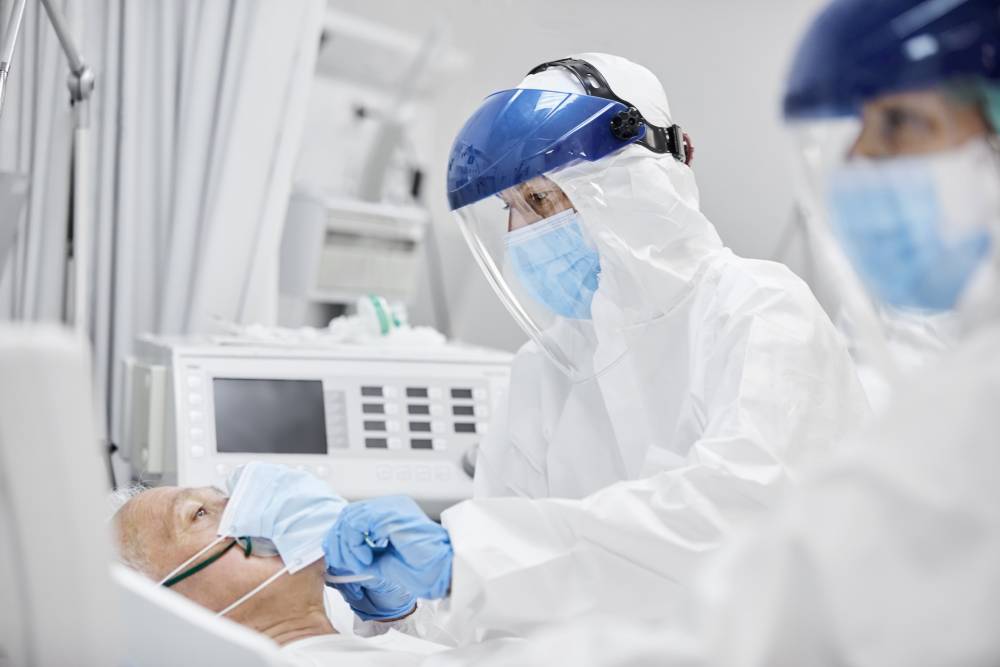
As Victorians struggle to contain rising COVID-19 numbers, new data reveals Australia has been a world leader at treating the dangerous virus.
In the last 24 hours, Victoria has recorded 238 new COVID-19 cases, the tenth day in a row the state has recorded a triple-digit increase. (However, due to 14 cases being duplicated, there is only a net increase of 224.) A total of 790 cases were caused by community transmission.
Sadly, a woman in her 90s has become the state’s 27th person to die from COVID-19.
Residents have now tested positive to COVID-19 in eight Melbourne aged care homes, with 32 homes in total affected. The remaining 24 homes have only recorded positive results for staff, and are being closely monitored.
Health Minister Greg Hunt said, if necessary, aged care residents who test positive will be moved to hospital, where seventy-five beds have been reserved for the purpose.
There are 105 COVID-19 patients in Victoria’s hospitals, an increase of 20 from Tuesday, and 27 are in intensive care, up one from yesterday.
Victoria’s chief health officer, Brett Sutton, has warned that as many as 200 Victorians could be hospitalised with COVID-19 within the next fortnight.
As hospital admissions from COVID-19 rise, it is reassuring that Australia has become more successful at treating those who become seriously ill with the virus.
Sick patients with COVID-19 who require mechanical ventilation and specialist nursing in an intensive care units (ICUs) have among the highest survival rates in the world.
Australia’s ICU mortality rate is 15 per cent, which compares to 40 per cent in Britain, 44 per cent in China and, shockingly, up to 70 per cent in the US, according to a report in the Sydney Morning Herald.
As of last Friday, 214 COVID-19 patients had been admitted to ICUs. Of those cases, the outcome of 200 cases is known: 170 survived and 30 died.
There have been 118 patients placed on mechanical ventilators, of which 78 per cent survived.
As Victorians face the economic fallout of further lockdowns, the strategy of total elimination is being debated nation-wide.
At a press conference this morning, Victoria’s chief health officer, Brett Sutton, said the pros and cons of an elimination strategy are still being considered by his government.
“I’d love elimination. We’re not at the point where it’s the right time to make a detailed examination about its feasibility. But it’s worthy of consideration, it’s got its challenges but it’s got its benefits as well,” he said.
NSW premier, Gladys Berejiklian has said her state will not consider elimination as its population is too large.
“It would be unrealistic for us to assume we are going to see any situation where there’s zero cases,” she told A Current Affair.
She said the state will not return to lockdown because the economic ramifications of doing so are too disruptive.
“We can’t keep shutting down and reopening, that is not a good way for us to manage the pandemic,” Ms Berejiklian said.
Against this backdrop, governments must now find the impossible balance between the social and economic fallout of further lockdowns against further cases of COVID-19.
Image: Morsa Images, iStock.